D800 vs D3100: Can You Actually See a Difference?
![]()
As a photographer I always get asked for advice on buying cameras and what is the least amount needs to be spent to achieve professional results. It usually happens when I’m photographing a wedding, which also means I rarely have time to properly address the question.
So I decided to pull out the first DSLR I ever bought, my Nikon D3100, and compare it to one of the cameras I now use professionally, my Nikon D800.
Here’s some info and some technical specs (for the nerds) of how these camera’s differ:
![]()
Nikon D800
- Resolution: 36.6 Megapixels
- Sensor: Full frame
- ISO: Max 6400
- Year Made: 2012
- Weight: 994g
- Price: £1900
![]()
Nikon D3100
- Resolution: 14.2 Megapixels
- Sensor: APS-C
- ISO: Max ISO 3200
- Year Made: 2010
- Weight: 455g
- Price: £200
The first thing I say to someone when they ask me what they should buy is that it doesn’t need to be expensive. Cameras have come a long way over the past decade.
The gap between a pro camera and an entry level DSLR is not as big as you might think. In fact, some high end DSLR’s have shared the same image sensor with entry level ones, which in theory should mean you get the same image quality.
So here’s some pictures I took with both cameras on one of Northern Ireland’s rare sunny spring days. One was taken with a camera that’s a tenth of the price of the other. Can you tell which is which? (answers at the bottom)
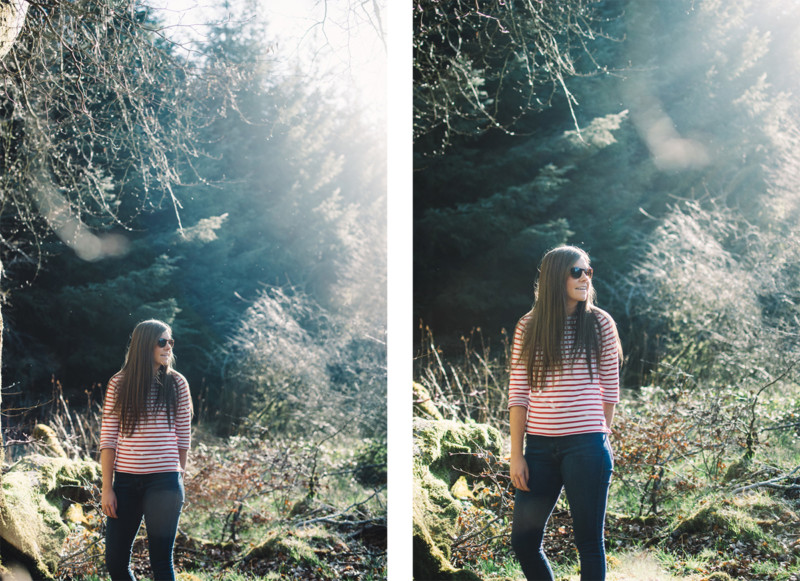
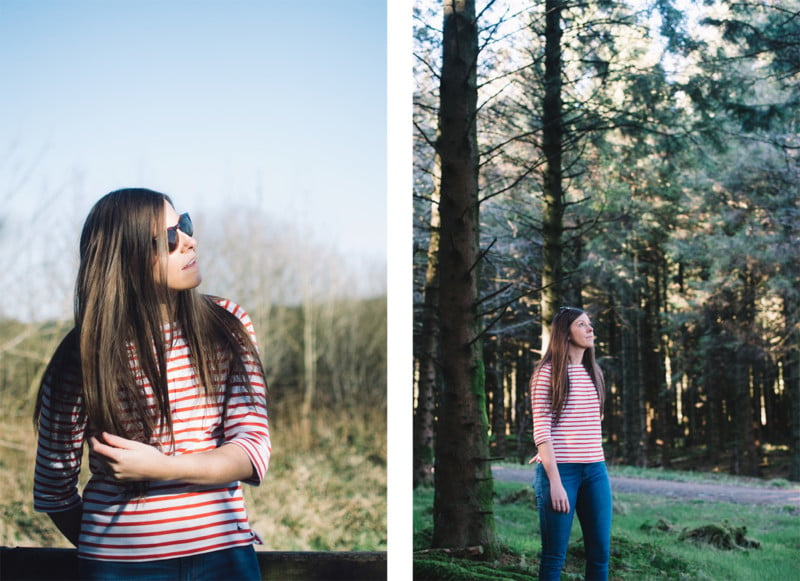
If you’re considering buying a nice camera, you need to think about lenses. I would recommend that you put more money in a good quality lens than a high end camera body. I have some old lenses from the 1970’s that are much better than some cheap modern lenses.
Do research online and don’t be sucked into buying a lens that claims it can do everything. A zoom lens that goes from super wide to super long isn’t going to be very sharp, or good in low light. It will also make you lazy. Get a lens that doesn’t zoom (a prime lens) and use that to improve your skills.
The lenses I used for this test was a Nikon 35mm f/1.8 DX on the D3100 and a Nikon 50mm f/1.4 on the D800. For most areas of photography, this sort of lens might be all you need. I could shoot most of a wedding using just one of these lenses if I needed to.

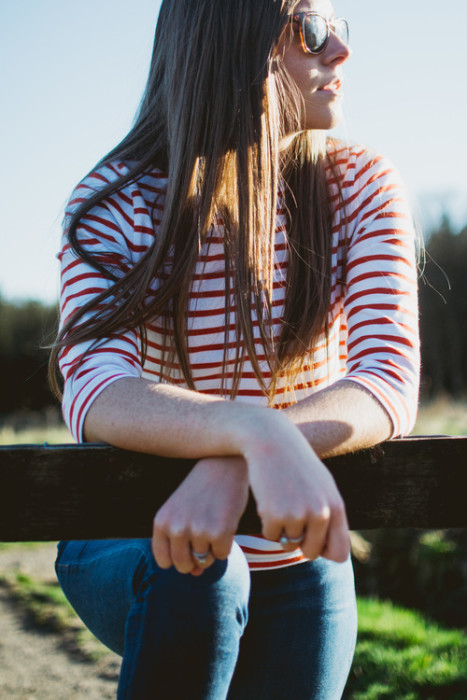
Another thing to think about when buying a new camera is your computing power. Most people ask me for camera recommendations because they want to get the best picture quality possible. That usually means shooting your photographs in a large RAW format (most point and shoot/phone cameras shoot only .jpg files) to allow for maximum quality, then importing them into a computer program like Adobe Lightroom or Photoshop to edit them.
If you have a computer that is running a bit slow and you buy a camera with loads of megapixels like the D800, you will be ripping your hair out trying to edit them. If your computer takes a while to open a photo from a phone camera or point-and-shoot camera, bear in mind that a RAW picture from a D800 could be between 15 to 70 times larger.

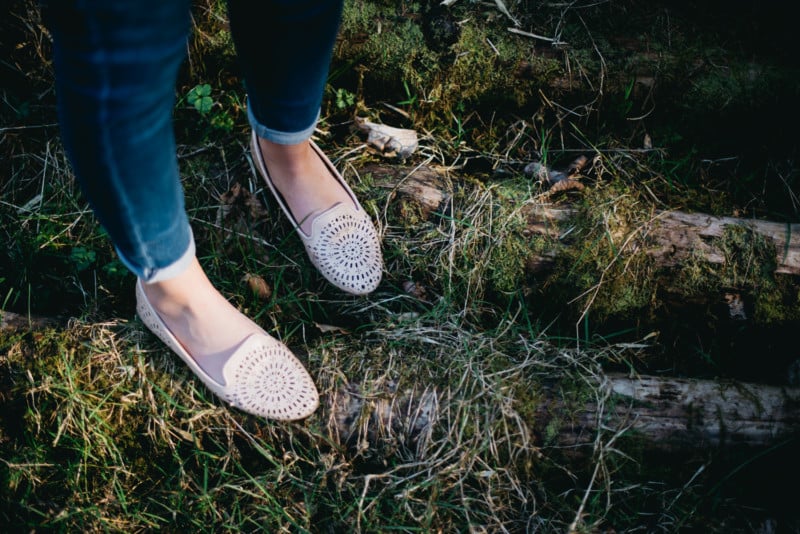
So what are the advantages to a pro camera? After all they’re expensive, and heavy, and their photos take up a lot of hard drive space and make your computer run slow.
Using the D3100 for the first time in years did make me appreciate the D800, although it is a big heavy beast. The D800 is just easier to use: the autofocus is faster and more accurate, it has lots of buttons and dials so I can quickly change settings, it has a better and larger image sensor that allows for more editing if I expose a shot wrong, and it’s made of metal and not plastic so I don’t need worry if it gets thrown round a bit. Plus, the screen on the back of the D3100 is terrible compared to the D800, so it was difficult to see if I got the focus right.
Pretty much, the D800 makes it easier for me to do my job. The D3100 takes great photos, but you have to work a bit harder to get them, and that’s maybe a good thing if you’re trying to improve.


So after saying all that, here is my recommendation: ask yourself if you can spot a noticeable difference between these pictures. If you can, then you have better eyes than me, and maybe you should consider a career in photography. If you can’t, then just buy whatever camera seems right for you.
If you’re a beginner, buy an entry-level camera. If you’re improving and you want a few more features, then you might want something more mid-level.
An entry-level camera today is much more advanced than a pro camera from 10 years ago. Get a good quality basic lens like the Nikon 35mm f/1.8 and concentrate on improving your picture-taking skill on a basic camera system. Having loads of lenses and buttons is just going to make it harder.
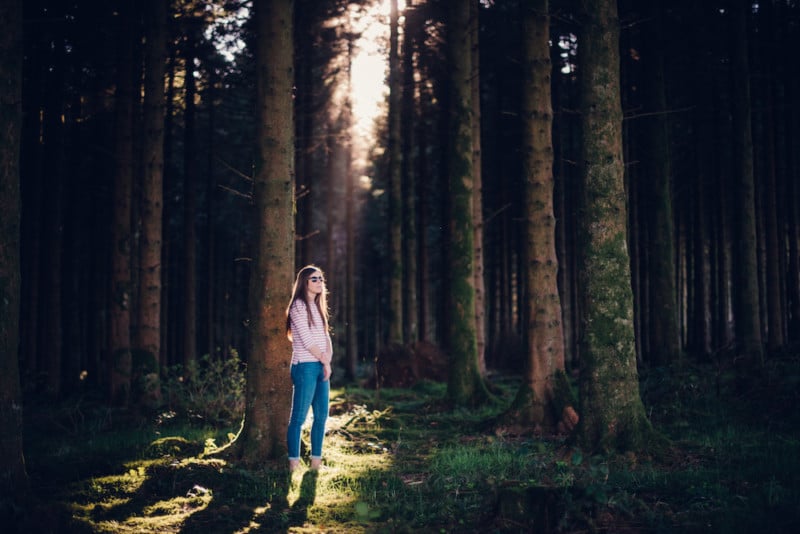
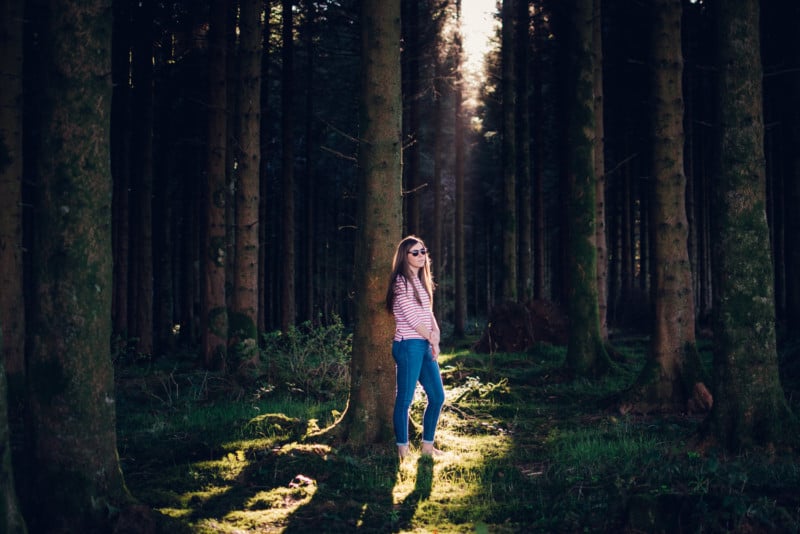
So do you think you have worked out which photos were taken by a professional level camera, and which ones were taken by a 6-year-old entry level camera?
Well here are the answers:
- 1: D800
- 2: D3100
- 3: D3100
- 4: D800
- 5: D800
- 6: D3100
- 7: D800
- 8: D3100
- 9: D800
- 10: D3100
- 11: D800
- 12: D3100
About the author: Peter Mackey is a full-time wedding and portrait photographer based just outside Belfast, Northern Ireland. You can find more of his work on his website, or by following him on Instagram. This article was also published here.